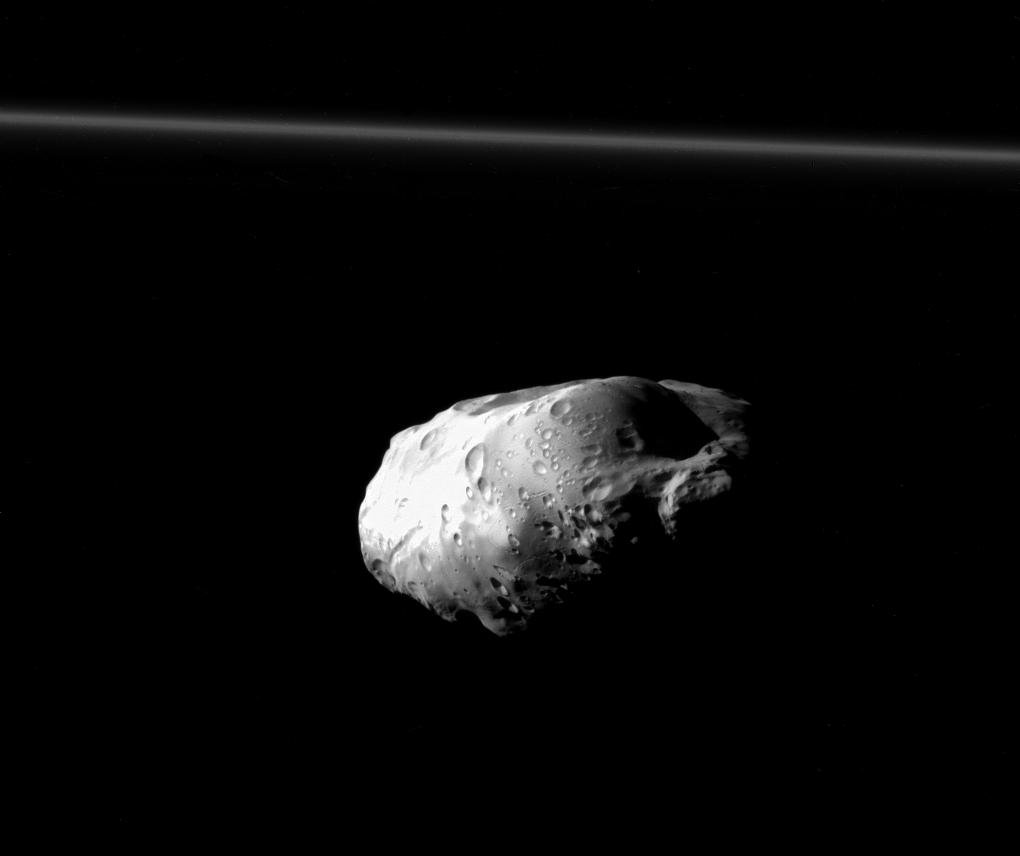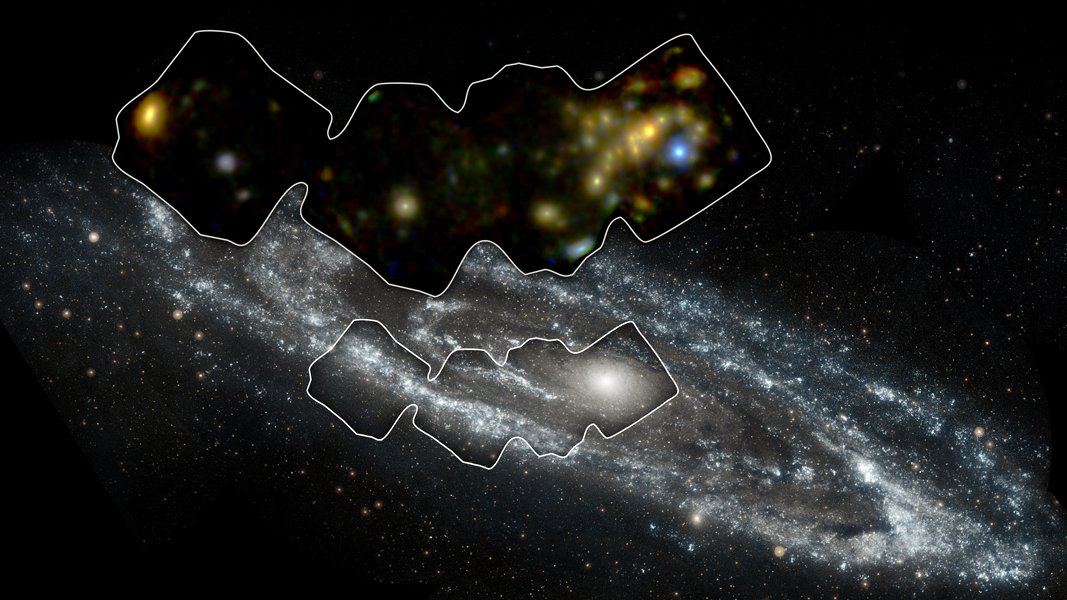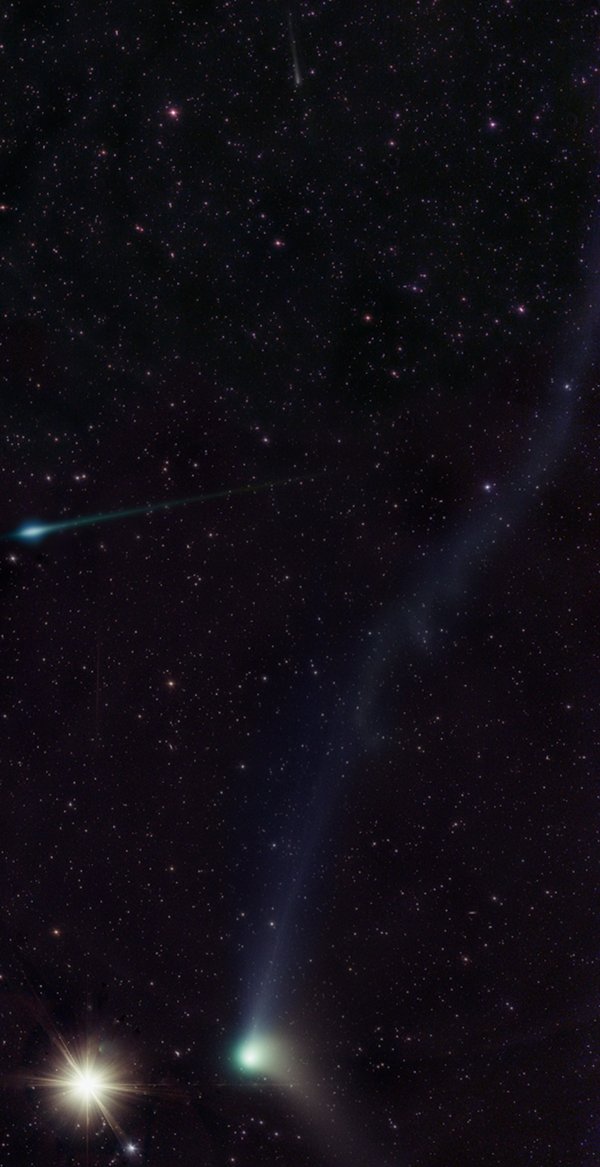Waste and Hygiene Compartment (WHC) Liquid Carryover Issue: This morning, the liquid carryover sensor in the WHC annunciated resulting in a shutdown of the WHC. This sensor is downstream of the Wring Collector (COT) and detects an overflow condition in the WHC. This afternoon, when the crew opened the WHC panel, they found a large pretreated urine leak around the pump separator, and donned protective gear to clean it up. Tomorrow the crew will replace the pump separator, COT, liquid carryover sensor and air hose. WHC is currently not available for use, the crew will use the Russian [АСУ]. Water Processor Assembly (WPA) Faults: The WPA faulted during two process cycles due to off nominal signatures at the catalytic reactor. The team is assessing the signatures. Russian Treadmill (БД-2): Yesterday, the Russian crew reported a rubber shock absorbing belt within the БД-2 was torn. Photos have been downlinked for ground analysis. MCC-M confirmed that no spares are currently onboard ISS and have asked for the Russian Crew to use Treadmill 2 until a spare can be flown. Extravehicular Activity (EVA) Preparation: All three USOS Crew continued to prepare for the Sequential Shunt Unit (SSU) EVA scheduled next Friday, January 15th. Today, they performed an EVA procedure review then followed up with a conference with ground specialists to answer any questions. In addition, Kopra and Peake utilized a Virtual Reality Trainer (VRT) in order to re-familiarize themselves with Simplified Aid for EVA Rescue (SAFER) operations. Robotics Refueling Mission (RRM): Peake opened the outer hatch and extended the Japanese Experiment Module (JEM) Airlock Slide Table out to the JEM Exposed Facility on the exterior of the ISS. Yesterday, the RRM Task Board 4 was removed from the ExPRESS Logistics Carrier-4 (ELC-4), located on the ISS Starboard 3 Truss. Today, Ground controllers performed a Mobile Transporter (MT) translation from Worksite (WS) 2 to WS 7 and transferred the Task Board onto the JEM Airlock Slide Table. Later tonite, the failed Robotic Micro Conical Tool (RMCT)-1 will be transferred to the Task Board, and both brought inside the JEM Airlock. Cardiac and Vessel Structure and Function with Long-Duration Space Flight and Recovery (Vascular Echo) Checkout: Peake completed the Vascular Echo Doppler Ultrasound protocol, taking scans of his neck, thigh and heart. The Vascular Echo experiment investigates the stiffening of the arteries and increased blood pressure (hypertension) observed in some returning ISS crewmembers. By observing changes in blood vessels and the heart while the crew members are in space and following their recovery on return to Earth, investigators hope to identify potential countermeasures. Integrated Resistance and Aerobic Training Study (Sprint) Volume of Oxygen Utilized (VO2) Max: For his Flight Day 285 Sprint VO2 Max session, Kelly attached Electrocardiogram (ECG) electrodes to himself, set up and donned Heart Rate Monitor hardware, performed Portable Pulmonary Function System calibrations, and then performed the VO2 protocol. The Sprint VO2 investigation evaluates the use of high intensity, low volume exercise to minimize loss of muscle, bone, and cardiovascular function in ISS crewmembers while reducing total exercise time during long-duration space missions Habitability: Kelly documented his recent observations related to human factors and habitability for the Habitability investigation. Habitability assesses the relationship between crew members and their environment in order to better prepare for future long-duration spaceflights to destinations, such as near earth asteroids and Mars. Observations recorded during 6 month and 1 year missions can help spacecraft designers determine how much habitable volume is required, and whether a mission’s duration impacts how much space crew members need. Fine Motor Skills: Kopra completed a session of the Fine Motor Skills experiment today. During the experiment he performed a series of interactive tasks on a touchscreen tablet. This investigation is the first fine motor skills study to measure long-term microgravity exposure, different phases of microgravity adaptation, and sensorimotor recovery after returning to Earth gravity. Today’s Planned Activities All activities were completed unless otherwise noted. Biological Rhythms 48 Multi Media Card Exchange Cleaning panel vent screens (panels 116, 316, 231, 431) Environmental Control and Life Support (ECL) Air Quality Survey EVA Procedure Review Extravehicular Activity (EVA) Procedure Conference GREAT START. Video Script Review Health Maintenance System (HMS) Food Frequency Questionnaire (FFQ) FE-5 Health Maintenance System (HMS) Spaceflight Cognitive Assessment Tool for Windows (WinSCAT) Test IMS Delta file prep INTERACTION-2. Experiment Ops JEM Airlock Slide Table extension to JEF side Kulonovskiy Kristall Experiment Run KULONOVSKYI KRISTALL. Copy and Downlink Data Labeling Soyuz 719 tablet computer MRM2 comm config to support the P/L Ops MRM2 Comm Reconfig for Nominal Ops Photography of SM interior panels Program Management/ISS CREW Conference Public Affairs Office (PAO) Event in High Definition (HD) TV-session with His Holiness Kirill, Patriarch of Moscow and All Russia Rechargeable EVA Battery Assembly (REBA) Installation Rechargeable EVA Battery Assembly (REBA) Powered Hardware Checkout Regenerative Environmental Control and Life Support System (ECLSS) Recycle Tank Drain Initiation Regenerative Environmental Control and Life Support System (ECLSS) Recycle Tank Drain Termination Regenerative Environmental Control and Life Support System (ECLSS) Recycle Tank Quick Disconnect (QD) Reconfig [Deferred] Regenerative Environmental Control and Life Support System (ECLSS) Recycle Tank Remove and Replace Regenerative Environmental Control and Life Support System (RGN) WSTA Fill [Deferred] Reminder Fluid Shifts Baseline Imaging Measures Reminder for Actiwatch Reminder1 Vascular Echo Exercise Portable Doppler Measurement Reminder2 Vascular Echo Portable Doppler Measurement Reminder2 Vascular Echo Ultrasound Scan Repairs of SM Interior Panel 335 by Installing Overlay Panel – Day 2. Rodent Research MSG Hardware Gather SM Ventilation System Preventive Maintenance. Group В2 Smart switch router (БРИ) protocols downlink from RSS1 Vascular Echo CDL Holter Arterial BP Measurement – Subject Vascular Echo Ultrasound Scan 105 Minutes – FE6 Video recording for Nauka channel Virtual Reality Training (VRT) Extravehicular Activity (EVA) Simplified Aid for EVA Rescue (SAFER) Zinnia Maintenance Guide Включение питания HAM-видео СОЖ maintenance ТКГ 431 (DC1) Transfers and IMS Ops Completed Task List Items None Ground Activities All activities were completed unless otherwise noted. MT Translation from WS2 […]
from ISS On-Orbit Status Report http://ift.tt/1mI1xLh
via
IFTTT



